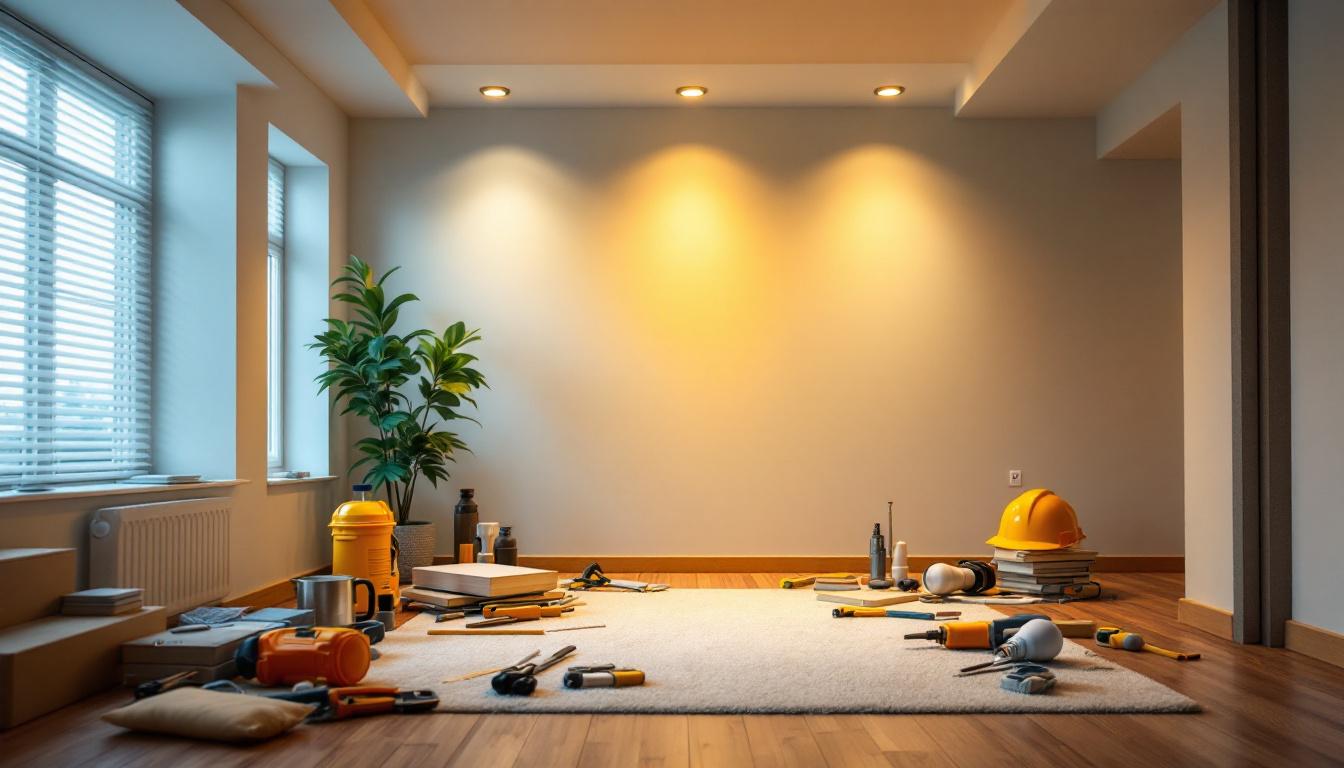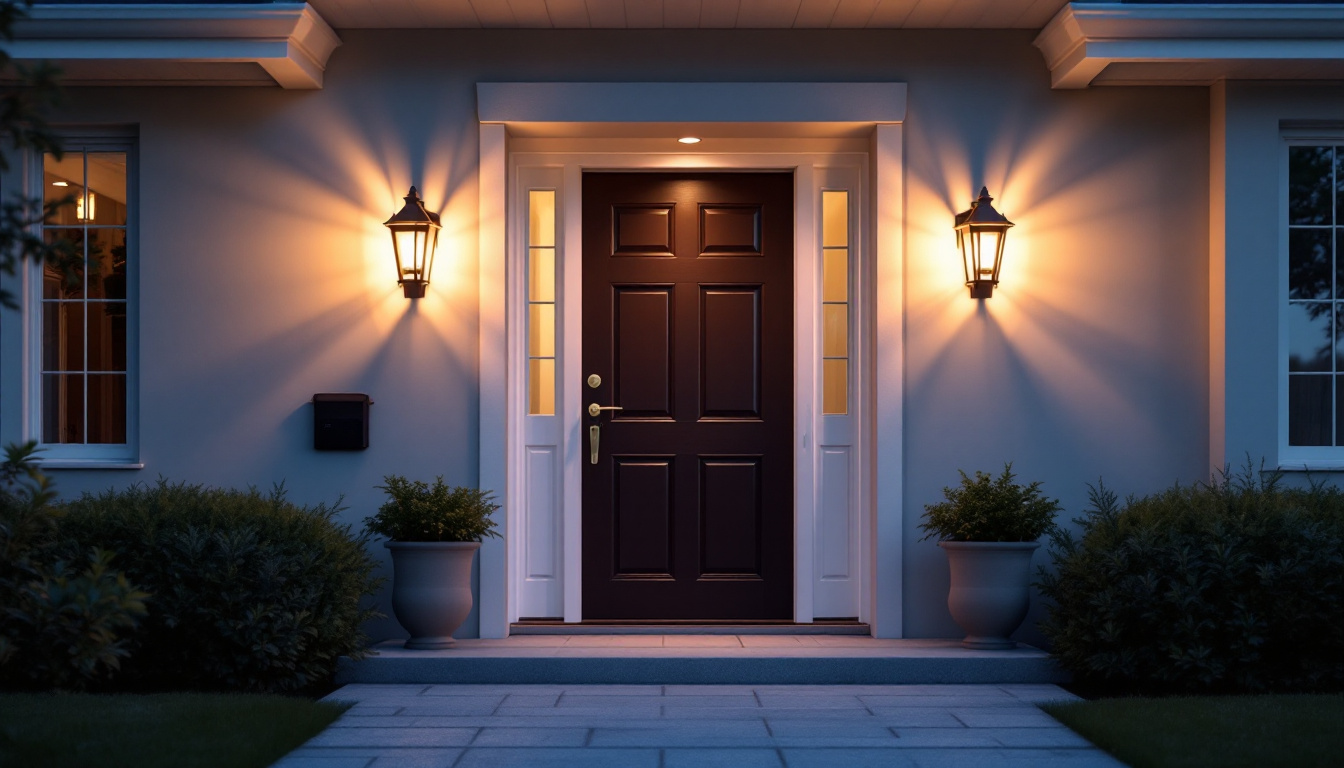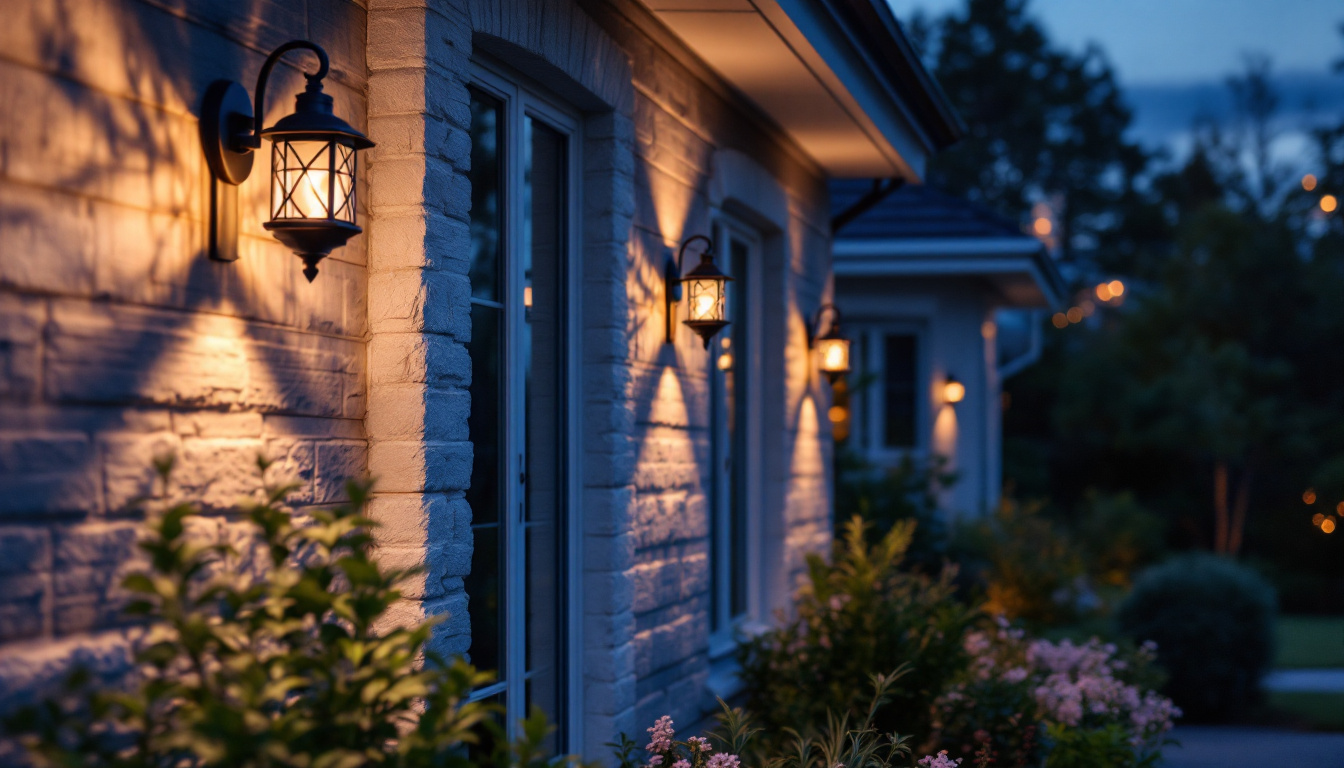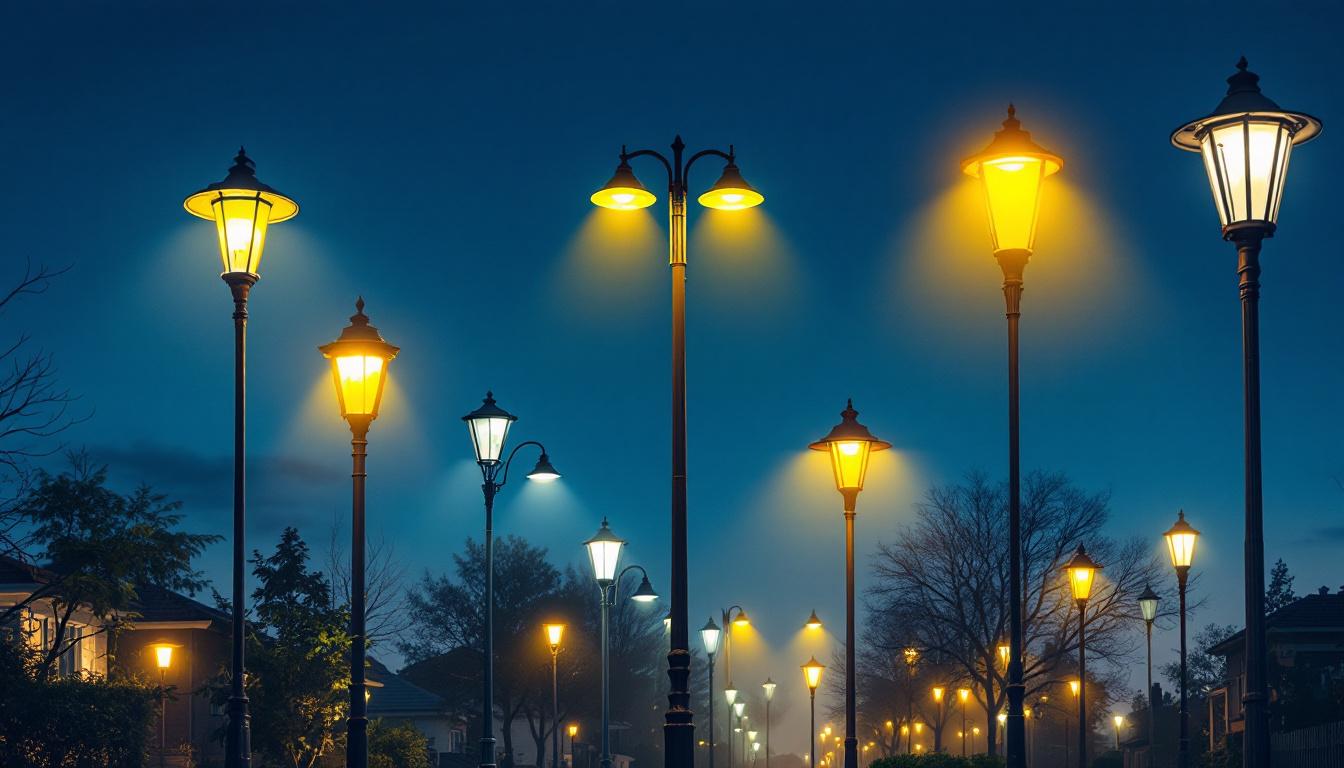
As the demand for energy-efficient lighting solutions continues to grow, LED lights for recessed cans have become a popular choice among homeowners and contractors alike. This article serves as the ultimate checklist for lighting contractors who are looking to incorporate LED lights into recessed can fixtures. From understanding the benefits to installation tips, this guide covers everything you need to know to ensure a successful project.
LED, or Light Emitting Diode, technology has revolutionized the lighting industry. Unlike traditional incandescent or fluorescent bulbs, LEDs use less energy, have a longer lifespan, and produce less heat. This makes them an ideal choice for recessed can lighting, where space is often limited and efficiency is key. The compact size of LEDs allows for innovative designs and applications, enabling architects and designers to integrate lighting seamlessly into various environments, from homes to commercial spaces.
One of the most significant advantages of LED lights is their energy efficiency. They consume up to 80% less energy than traditional bulbs, which translates to lower electricity bills for homeowners. Additionally, LEDs have a lifespan of up to 25,000 hours or more, reducing the frequency of replacements and maintenance costs. This longevity not only saves money but also minimizes waste, contributing to a more sustainable approach to lighting.
Moreover, LED lights are available in various color temperatures, allowing contractors to create the desired ambiance in any space. From warm whites that create a cozy atmosphere to cool whites that enhance productivity, the versatility of LED lights is unmatched. Furthermore, many LED products now come with adjustable color temperatures and dimming capabilities, giving users even greater control over their lighting environment. This adaptability is particularly beneficial in settings such as restaurants or offices, where the mood can shift throughout the day.
In an age where sustainability is paramount, LED lights stand out as an eco-friendly option. They contain no harmful materials like mercury, which is found in some traditional bulbs. Additionally, their energy efficiency contributes to a reduction in carbon footprint, making them a responsible choice for environmentally conscious clients. The production of LED lights also tends to have a lower environmental impact compared to conventional lighting technologies, as they require less energy to manufacture and operate.
Moreover, the increasing popularity of LED technology has spurred innovation in recycling programs for old lighting fixtures, further enhancing their green credentials. Many manufacturers are now committed to sustainable practices, ensuring that end-of-life LEDs can be processed and reused, thus reducing landfill waste. As consumers become more aware of their ecological footprint, the shift towards LED lighting not only meets their needs for efficiency and longevity but also aligns with their values of protecting the planet for future generations.
When selecting LED lights for recessed cans, several factors should be considered to ensure optimal performance and satisfaction. The right choice can enhance the overall aesthetic and functionality of the space.
Understanding the relationship between wattage and lumens is crucial. While traditional bulbs are often rated by wattage, LEDs are rated by lumens, which measure brightness. A higher lumen output means a brighter light. For example, a 10-watt LED can produce the same brightness as a 60-watt incandescent bulb, making it essential to educate clients on this difference.
Contractors should also consider the intended use of the space. For task lighting, higher lumens may be necessary, while ambient lighting can be achieved with lower outputs. This knowledge allows for tailored solutions that meet specific needs.
Color temperature is another critical factor in selecting LED lights. Measured in Kelvin (K), it affects the mood and feel of a room. Warm white (2700K-3000K) is often preferred for living spaces, while cooler temperatures (4000K-5000K) are ideal for kitchens and workspaces. Understanding these preferences can help contractors guide their clients toward the best choices for their homes.
Installing LED lights in recessed cans requires careful planning and execution. Proper installation not only ensures functionality but also enhances the overall aesthetic of the space.
Before installation, it is vital to check the compatibility of LED lights with existing recessed can fixtures. Some older fixtures may not be designed to accommodate the heat dissipation of LED technology. In such cases, using retrofit kits or compatible fixtures can solve potential issues.
Additionally, ensuring that the electrical system can handle the load of LED lights is essential. Contractors should assess the wiring and make necessary adjustments to avoid flickering or dimming issues.
The placement and spacing of recessed lights significantly impact the overall lighting design. A common rule of thumb is to space the fixtures approximately 4 to 6 feet apart, depending on the height of the ceiling and the desired brightness. This spacing ensures even light distribution and minimizes shadows.
Contractors should also consider the height of the ceiling when determining placement. Higher ceilings may require more fixtures or higher lumen outputs to achieve the desired effect. Thoughtful planning in this stage can lead to a more visually appealing and functional result.
One of the primary reasons for switching to LED lights is the potential for energy savings. However, understanding the long-term cost benefits can help contractors sell this advantage to their clients more effectively.
Contractors should be equipped to calculate the potential savings for clients. By comparing the energy consumption of traditional bulbs versus LEDs, it is possible to demonstrate significant savings over time. For instance, replacing a 60-watt incandescent bulb with a 10-watt LED can save approximately $100 or more over the bulb’s lifespan, depending on usage and local electricity rates.
Providing clients with a breakdown of these savings can help them appreciate the value of investing in LED technology. It also reinforces the idea that energy-efficient lighting is not just a trend but a smart financial decision.
Many utility companies offer incentives or rebates for customers who choose energy-efficient lighting solutions. Contractors should stay informed about local programs and be prepared to guide clients through the process of applying for these benefits. This can further enhance the appeal of switching to LED lights.
While LED lights offer numerous advantages, contractors may encounter challenges during installation or when addressing client concerns. Being prepared with solutions can help ensure a smooth process.
One common issue with LED lights is flickering, which can occur if the fixtures are not compatible with dimmer switches. It is essential to choose dimmers specifically designed for LED lights to avoid this problem. Educating clients about this compatibility can prevent frustration down the line.
In cases where flickering persists, checking the wiring and connections may be necessary. Ensuring that the fixtures are correctly installed and that there are no loose connections can resolve most issues.
Another challenge is achieving color consistency across multiple fixtures. Variations in color temperature can result in an uneven appearance, which may be undesirable for clients. To mitigate this, contractors should source all LED lights from the same manufacturer and batch to ensure uniformity.
Additionally, testing the lights before installation can help identify any discrepancies. This proactive approach can save time and enhance client satisfaction.
Educating clients about the benefits and features of LED lights is crucial for successful projects. Clear communication can help set expectations and foster trust between contractors and clients.
Contractors should take the time to explain the features of LED lights, such as energy efficiency, lifespan, and color temperature. Providing brochures or visual aids can help clients visualize the benefits and make informed decisions.
Additionally, discussing the installation process and what to expect can alleviate any concerns clients may have. Transparency in communication builds confidence and enhances the overall experience.
After the installation, offering ongoing support can further strengthen the contractor-client relationship. Providing information on maintenance, troubleshooting, and warranty details can help clients feel supported long after the project is completed.
Encouraging clients to reach out with any questions or concerns can lead to positive word-of-mouth referrals and repeat business.
The world of LED lighting is constantly evolving, with new technologies and trends emerging regularly. Staying informed about these advancements can position contractors as industry leaders and enhance their service offerings.
Smart lighting systems that integrate with home automation are gaining popularity. These systems allow homeowners to control their lighting remotely through smartphones or voice-activated devices. Contractors should familiarize themselves with these technologies to provide clients with cutting-edge solutions.
Incorporating smart LED lights into recessed can fixtures can enhance convenience and energy savings. Educating clients about these options can set a contractor apart from competitors.
Advancements in color technology, such as tunable white LEDs, allow users to adjust the color temperature throughout the day. This flexibility can enhance comfort and productivity in various spaces. Contractors should stay updated on these innovations to offer clients the latest options.
Incorporating LED lights into recessed cans offers numerous benefits for both contractors and clients. By understanding the advantages, selecting the right products, and ensuring proper installation, contractors can deliver exceptional results. Staying informed about trends and educating clients will further enhance the value of services provided. With this ultimate checklist, lighting contractors can confidently navigate the world of LED recessed lighting and create beautiful, energy-efficient spaces.
Ready to elevate your lighting projects with the best LED solutions for recessed cans? Look no further than LumenWholesale. Our commitment to providing contractors with superior, spec-grade lighting products at wholesale prices ensures that you can deliver outstanding results without breaking the bank. Say goodbye to local distributor markups and hello to a vast selection of industry-standard lighting that promises reliability and high performance. Plus, with the convenience of free shipping on bulk orders, you can enjoy premium lighting at the best value. Don’t compromise on quality or cost. Wholesale Lighting at the Best Value is just a click away. Choose LumenWholesale for your next project and experience the difference.

Discover how front door lamps can transform your home’s exterior with enhanced lighting solutions.

Discover the essential factors lighting contractors need to consider when selecting solar outdoor sconce lights.

Discover the essential insights into various types of lamp posts that every lighting contractor should master.

Discover the ultimate guide to LED light colors with expert insights from top lighting contractors.